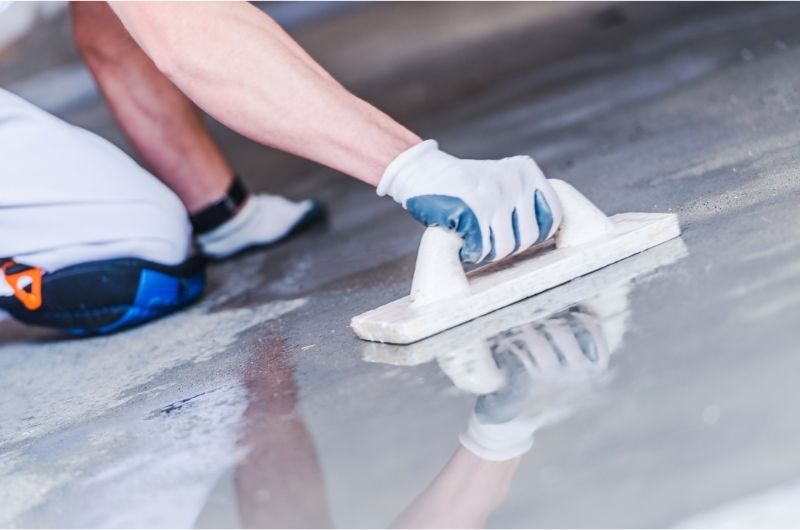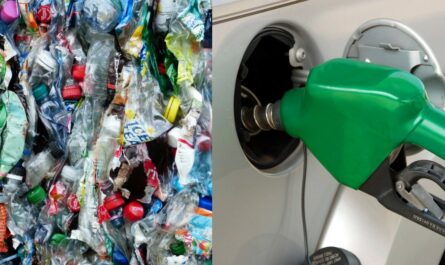From food packaging to medical devices, heat seal coatings help in production processes and allow products to be safely sealed. This article provides an overview of heat seal coatings, their uses, types available and important characteristics.
Uses of Heat Seal Coatings
Heat seal coatings have widespread applications across different sectors due to their ability to provide strong and reliable seals. Some major uses of heat seal coatings include:
Food Packaging
Heat seal coatings are extensively used in food packaging industry to seal food packages. They help seal various types of food packaging such as bags, pouches, cartons etc. ensuring food freshness and extended shelf-life. The seals created are strong and leak proof which prevent contamination.
Medical Devices Packaging
Various types of medical devices, equipment, instruments are packaged using heat seals for sterility and protection. Heat seal coatings enable forming reliable seals that keep medical products sterile until point of use. They help meet strict guidelines for medical/surgical packages.
Non-woven Products
In non-woven products industry that includes diapers, sanitary pads, adult incontinence products etc., heat seal coatings are used to fuse layers of non-woven fabric together during manufacturing. This provides strength and prevents delamination of the end products.
Other Industrial Uses
Heat Seal Coating also find applications for secure sealing in a wide range industries/products including envelopes, labels, tapes, protective films, packaging bags for consumer goods, industrial/agricultural films and more.
Types of Heat Seal Coatings
There are mainly three types of heat seal coatings used depending on the substrate material and end use application:
– Low Density Polyethylene (LDPE): LDPE is the most commonly used heat seal material as it provides flexibility, clarity and broad seal range. It is used for sealing both polar and non-polar substrates like aluminum foil, paper, polymer films.
– Ethylene-vinyl acetate (EVA): EVA offers excellent clarity, flexibility and very wide heat sealing window. It finds applications for sealing papers, films and flexible pouches.
– Polyolefin: Polyolefins like polypropylene, polyethylene are versatile heat seal materials. They have good chemical resistance and are used for sealing polyolefin-based substrates and packaging films.
Important Characteristics of Heat Seal Coatings
For heat seal coatings to perform efficiently, they must possess certain critical characteristics:
Seal Strength – The seal produced should have adequate strength to prevent delamination and leaks under stress conditions. Peel and burst strengths are measures of seal integrity.
Seal Temperature Range – A wide sealing temperature window allows flexibility during packaging operations. The minimum and maximum temperatures are specified.
Seal Time – Time taken to form seal impacts speed of production lines. Lower seal times are desirable without comprising strength.
Clarity – For packaging applications, good transparency properties are often essential for product branding and appeal. Haze should be minimal.
Chemical Resistance – Coatings need to withstand exposure to chemicals, liquids, oils, moisture without deterioration of seal.
Application Compatibility – Compatibility with substrate material and type of packaging/product being sealed are crucial for optimum performance.
Factors Affecting Heat Seal Properties
There are several factors that influence the heat sealing characteristics and performance of coatings:
Coating Material – As discussed, different resin types have dissimilar sealing behaviors hence material selection depends on specific requirements.
Coating Weight – Heavier coatings provide higher strength at the expense of flexibility in some cases. Lighter coating might not fulfil structural needs.
Surface Treatment – Substrate surface treatments like corona/plasma improve adhesion and sealing of various polar/non-polar surfaces.
Pressing Parameters – Seal strength is controlled by adjusting heat, pressure, time during sealing process through equipment.
Contamination – Any contamination on heat seal surfaces reduces bond and results in weaker seals. Proper surface cleaning is important.
Application Methods
Various techniques are used to apply heat seal coatings depending on substrate type and manufacturing method:
– Extrusion Coating – Used for coating on plastic films where resin is extruded directly onto rolling substrate. Gives uniform thin coats.
– Laminating – Adhering a pre-coated film onto the substrate material through roll lamination process. Suitable for varied substrates.
– Solventborne/Waterborne Coatings – Effective for porous/non-melt able substrates. Offers precision coat weights through metering and drying.
– Hot Melt – Melted resin is applied through nozzle or roller onto substrate and seals immediately upon cooling.
Heat seal coatings are an important part of sealing and packaging operations across divergent industries. Choosing the right type of heat seal coating based on specific needs along with optimizing application and sealing parameters ensures strong, reliable seals for extended product life. Advancements in coating resin technologies will continue to expand the applications of heat sealing in production processes.
Note:
1. Source: Coherent Market Insights, Public sources, Desk research
2. We have leveraged AI tools to mine information and compile it



